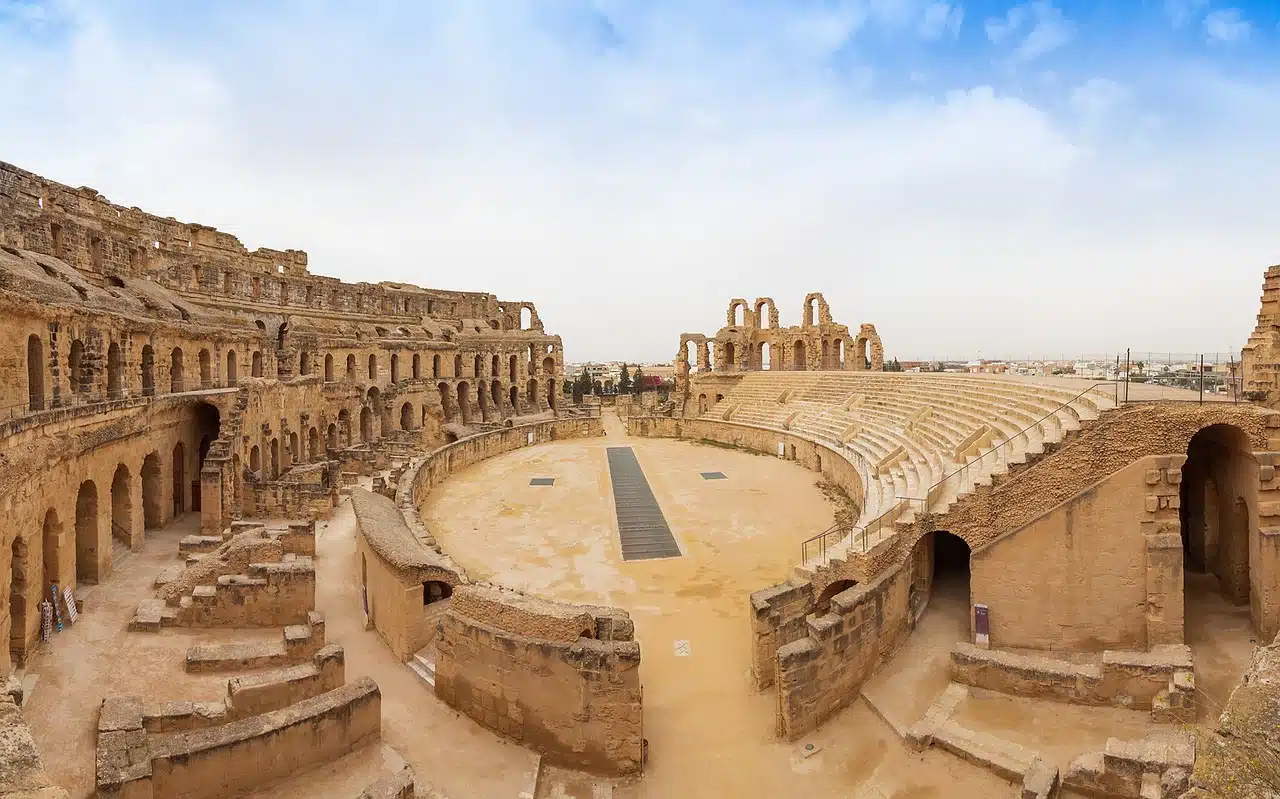
Roman law is the set of rules and laws that ordered society during Ancient Rome.
Roman law is the name given to the set of laws and regulations that allowed the organization of society in the times of Ancient Rome . This is the legal system that governed between the year 753 BC. C. and the 5th century AD. C. , when the dissolution of the Roman Empire occurred.
The history of Roman law , therefore, is very extensive since it develops over about fourteen centuries. Many of its precepts even reach the present day: Roman law is considered to be the basis of today's civil codes and the so-called continental law.
Introduction to Roman law
To understand what Roman law is, several issues must be taken into account. On the one hand, one must know that law is a concept that refers to the rules and principles that make the regulation of social ties possible. These guidelines, which express an ideal of order and justice , are mandatory for all members of society.
As for the adjective Roman , in this case it refers to Ancient Rome . This is how the historical period starring the Roman civilization is mentioned, which was organized through a State founded in the 8th century BC. C. with the union of different towns from the central area of Italy .
It can be said, therefore, that Roman law was born with the founding of Rome . Although legends and real facts are mixed regarding this event, it is usually considered that this foundation took place on April 21, 753 BC. c.
Roman law, in this framework, went through several phases that are related to the form of government of this people. In the first instance, the Roman Monarchy was established, which was replaced by the Roman Republic . This republic was later replaced by the Roman Empire , which had an enormous territorial extension until its fall, generally dated in the year 476 .

Roman law sought to regulate social ties based on criteria of justice.
Its origins and sources
Roman society was divided into two large groups: the patricians and the plebeians . The patricians were the descendants of the original curias and who made up the primitive nobility, while the plebeians lacked recognized ancestors.
Those who were in charge of legal or juridical issues were the patricians, who were in charge of the application of traditions according to their own interests. This situation ended up causing the discontent of the commoners, who began to demand that traditions be codified to avoid abuses.
Customary law , based on unwritten rules, was the first source of Roman law. This set of traditional rules that the Romans had to respect is known as mos maiorum .
The imprecision of the rules and the arbitrariness of the patrician magistrates when applying the mos maiorum , therefore, generated the claim of the plebeians before the tribunes so that equal laws be drafted for all people. With the approval of the Roman Senate , a process began that led to the creation of the Law of the XII Tables , developed in the middle of the 5th century BC. C. and applicable to both orders.
Another key moment in the history of Roman law was the compilation called Corpus iuris civilis , promoted by Emperor Justinian I in the 6th century . In the Corpus iuris civilis, various provisions were incorporated until it came to conform with the Codex Justinianus or Code of Justinian ; the Digest (the largest section, with works by several Roman jurists); the Institutes or Institutions ; and the Novellae or Novels .
Roman law and ius
In Roman law it was understood that what was just could come from the fas (the will of the gods) or the ius (the rules established by people). The fas, in this way, was associated with divine right , while the ius was related to human right .
The ius , in turn, was divided over time into various sets of norms or branches of law . Thus we can mention the ius civile (oriented to the regulation of relations between citizens), the ius gentium (which complemented the ius civile, focusing on the institutions in which those who did not have Roman citizenship could participate) and the ius honorarium. (the praetorian right, which enabled the praetor to carry out the promulgation of praetorian edicts), for example.
There were also differentiations that continue to this day. In this sense we can speak of the ius naturale ( natural law , pre-existing written law) and the ius scriptum ( written law ), or the ius publicum ( public law ) and the ius privatum ( private law ).

Many civil codes today are based on the Roman code.
Leading jurists
The main Roman jurists are personalities who have left their mark on Roman jurisprudence , such as Gaius , Aemilius Papinianus , Domitius Ulpianus , Paulus and Herenius Modestinus .
Gaius (also mentioned as Gaius or Gaius ) remained in history for his Institutions . This reference of the Sabinians was considered a kind of teacher. Papiniano , meanwhile, was a jurist who, among other issues, detailed the obligations of police officials and magistrates.
Domitius Ulpiano , for his part, held the title of prefect of the praetorium in the time of Emperor Alexander Severus and bequeathed three fundamental precepts of law: living honestly, not causing harm to anyone and granting each individual what is his or her own.
Regarding Paulo , he was a very prolific jurist and praetor who published more than three hundred jurisprudential works. As for Herenio Modestino , he wrote about trusts, guardianship and other institutions.
It is interesting to note that Papian , Gaius , Modestine , Ulpian and Paulus were the jurists included in the Law of Appointments. This rule from the year 426 established that only these experts could be summoned in court. In case of a tie in opinions, Papiano 's vision was the one that should prevail.
Reception of Roman law and its influence
The reception of Roman law occurred in numerous parts of the world, which led to the legal integration of many of its precepts and institutions into various legal systems.
In this process, the glossators were of great importance, who in the second part of the 11th century specialized in the analysis and teaching of Roman law in Bologna and other areas of northern Italy. Their work was later complemented by postglossators , aimed at promoting the understanding of Roman law and its practical application.
It can be stated that the continental law that today governs much of Europe is based on Roman law, taking the law as the primary source and compiling the rules in codes . Roman law, in fact, is the basis of many commercial codes and civil codes that are in force in the 21st century .
